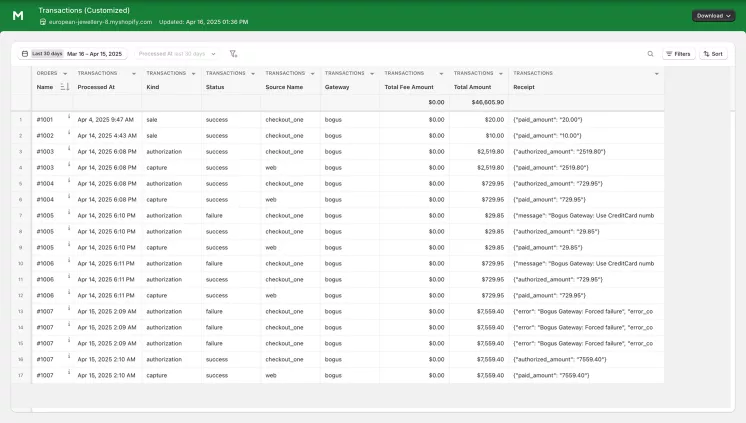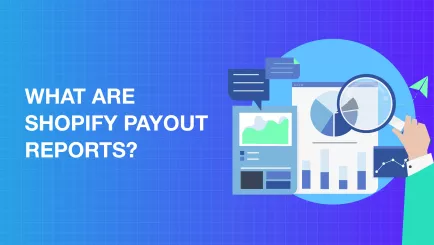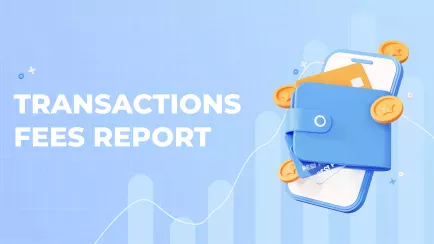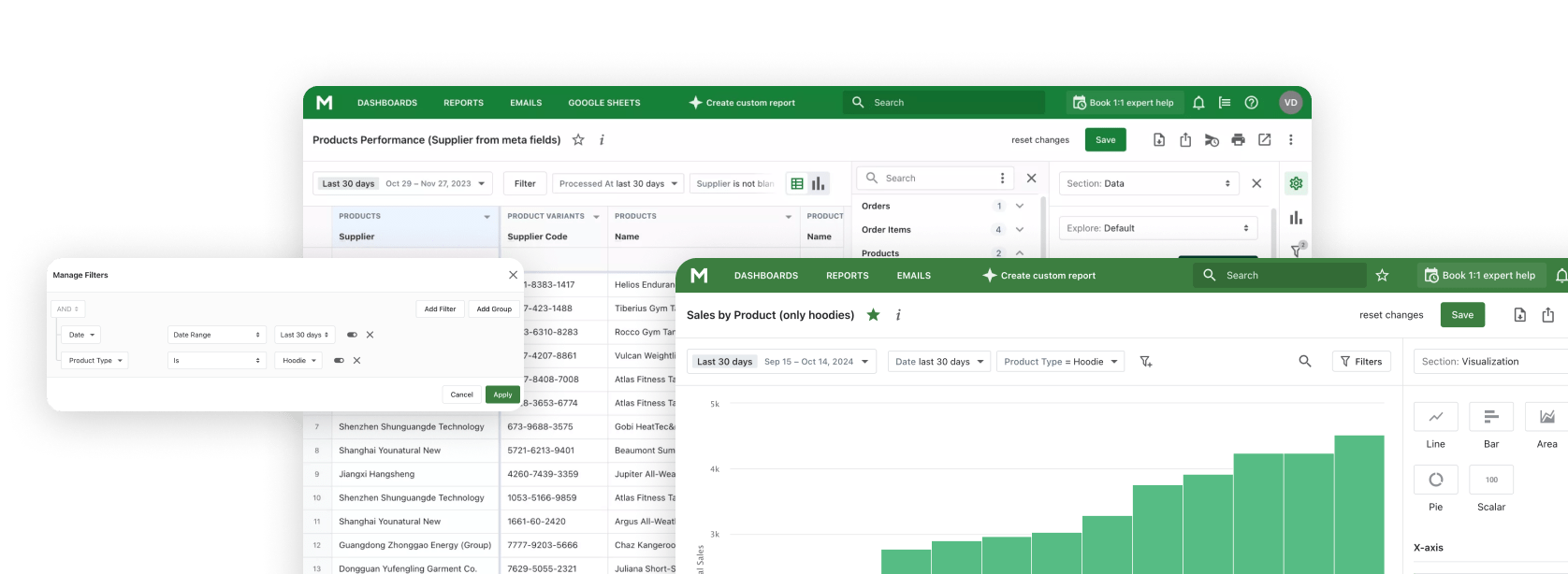To make optimized business choices and achieve better revenue management and correct financial statements you must deeply analyze the transaction data in Shopify. Many Shopify store owners need enhanced transaction reporting features to extract maximum worth from their transaction data. This complete document explains how to access Shopify transactions reports and shows you advanced approaches to extract deeper information from your data.
What are Transaction Reports in Shopify
All financial transactions within your store become visible through Shopify transaction fees reports documentation. This report explains all financial transactions which include sales together with refunds, chargebacks, and Shopify transactions fees. It serves multiple commercial purposes since it helps you monitor revenue progression while ensuring account calculations match and enabling proper tax preparations and tracking business performance indicators.
The standard data elements in Shopify transaction reports include:
- Transaction date and time
- Order reference numbers
- Customer order information
- Transaction amount
- Shopify transaction fees
- Transaction status (successful, failed, refunded)
You can track your Shopify processing charges accurately through complete Shopify Reports to discover ways to minimize your operational expenses.
Different Types of Transaction Reports You Can Find in Shopify
Transaction reports from Shopify serve unique analytical functions because they exist in multiple formats. Learning how these reports differ allows you to find exactly the information you require.
Sales Transaction Reports
These reports function to track finished sales while generating revenue data. It shows you which items customers buy frequently and which payment options they choose.
Payment Processing Reports
These detailed payment processing reports detail every transaction activity from Shopify fees to credit card processing fees. Payment processing reports are necessary to determine your actual profit levels after processing expenses.
Refund and Chargeback Reports
Such reports show all customer refunds, including standard refunds and chargebacks. Review of these transactions enables businesses to spot product-related problems and detect false or fake activities.
Payout Reports
These payout reports show when Shopify sends money to your bank, which helps in financial record-keeping and cash flow management.
Explore related reports
Where to Find Transaction Reports in Shopify
Accessing your Shopify transaction fee report requires navigating through the admin dashboard. Here's how to find them:
- Log in to your Shopify admin dashboard.
- Open Mipler in your Shopify admin (after installing the app).
- Find the “Transaction” report in Mipler’s library.
- Select your date range (e.g., today, last 7 days, last month, year).
- Run the report to see each Transaction report for the chosen period.

While Shopify's native reporting provides basic transaction insights, many store owners find these reports limiting. The default Shopify transaction report often lacks detailed filtering options and customization capabilities that growing businesses need for comprehensive financial analysis.
How to Export Shopify Transaction Reports
Exporting your Shopify Transaction Report allows you to perform deeper analysis, share data with team members or accountants, and maintain historical records. Here's how to export transaction data from Shopify:
Using Mipler for Advanced Transaction Reporting
For businesses that require deeper Shopify transaction fee reports, Mipler offers powerful capabilities that far exceed Shopify's native reporting:
- Access comprehensive transaction data including detailed Shopify transaction fees
- Create custom reports with precisely the fields you need
- Generate credit card transaction fee reports to optimize payment processing
- Export in multiple formats (CSV, Excel, PDF) or send directly to Google Sheets
- Schedule automated report delivery to your inbox
- Share reports securely with team members without giving Shopify admin access
Mipler’s custom reporting feature enables users to generate detailed Shopify transaction fee reports that provide full visibility into their financial expenses. These reports enable store owners to discover ways to reduce payment processing expenses by thousands of dollars.
Best Practices for Managing Shopify Transaction Reports
To get the most value from your Shopify transaction reports:
- Establish regular reporting schedules - Review transaction data weekly or monthly to stay on top of financial trends
- Create dedicated reports for different purposes (tax preparation, revenue analysis, fee optimization)
- Compare Shopify transaction fee reports across different time periods to identify patterns
- Cross-reference transaction data with marketing campaigns to measure ROI
- Use Mipler's Shopify Custom Reports to drill down into specific segments or customer cohorts
Using a software system like Mipler combined with these working practices will provide business performance insights to support well-informed decisions about pricing strategies along with product selection and payment processing.
The capability to produce extensive Shopify transaction reports provides businesses with an advantage in the modern e-commerce market. Serious store owners who maintain their business on Shopify need better and more advanced reporting solutions beyond the built-in functions to maximize their transaction data insights. Mipler provides Shopify companies at different growth stages with flexible reporting tools that enable them to convert transaction data into meaningful business insights.




